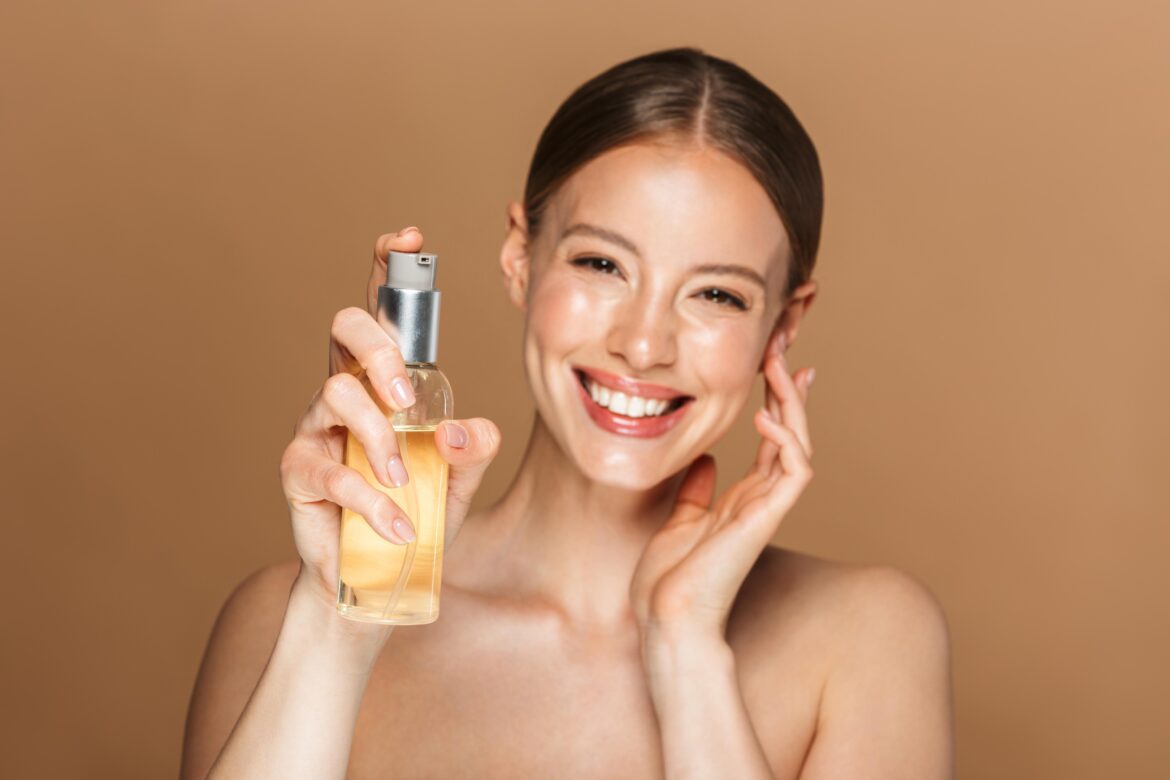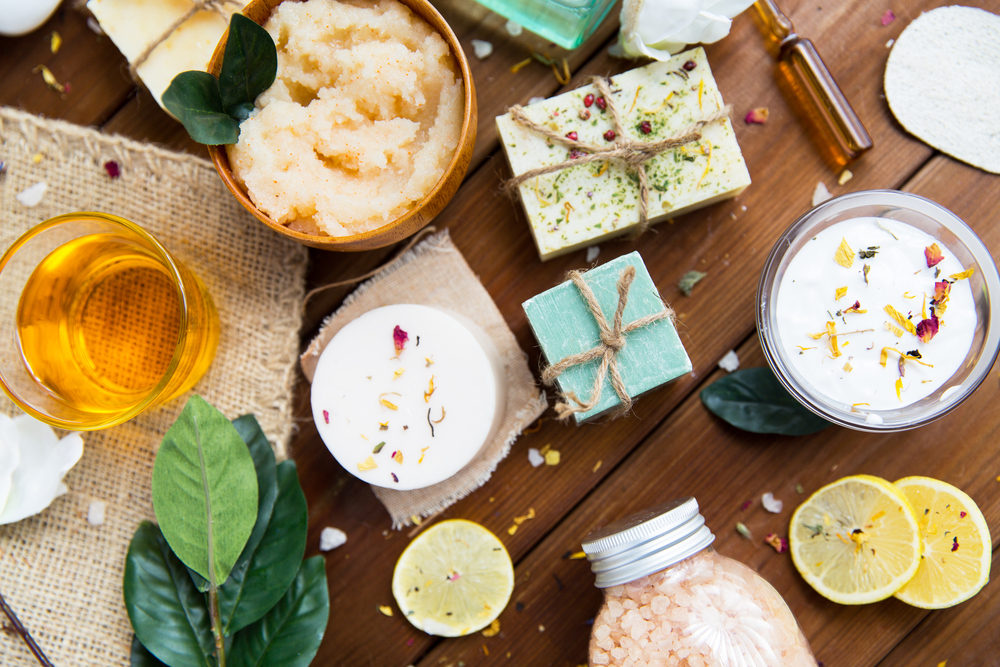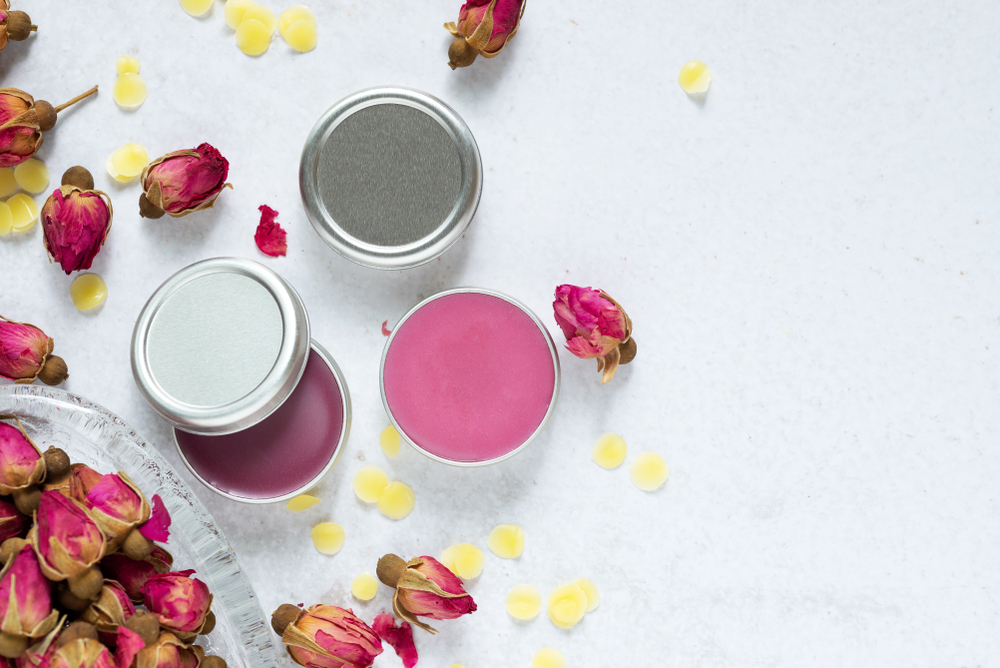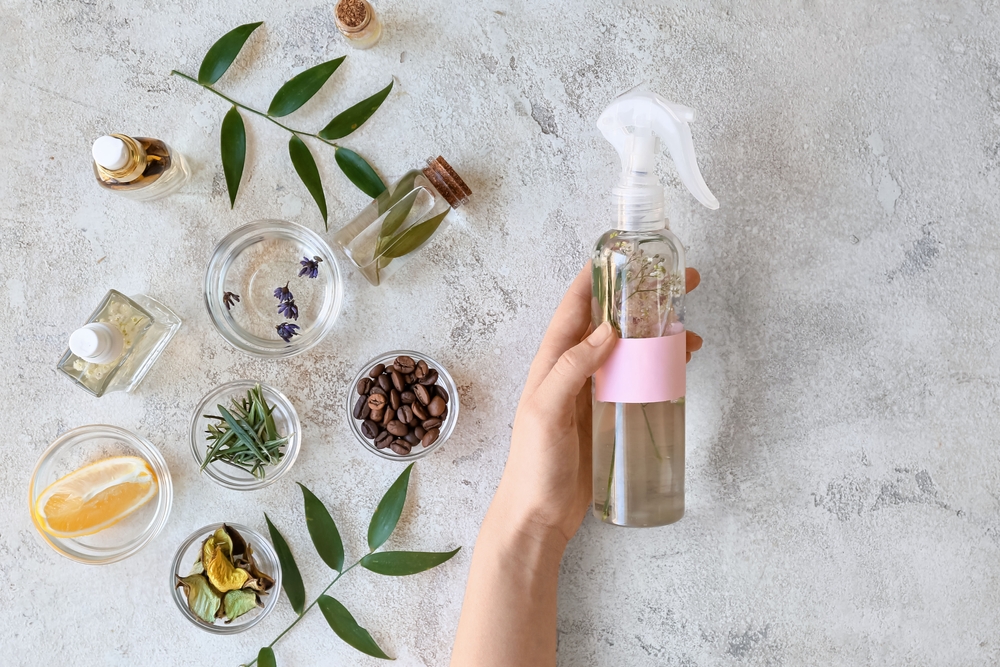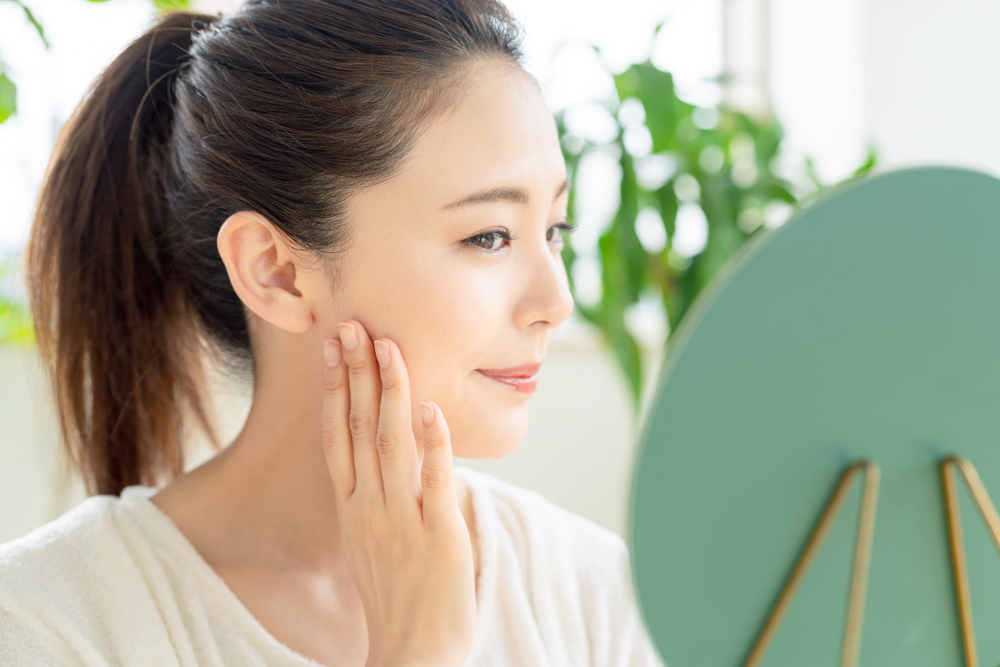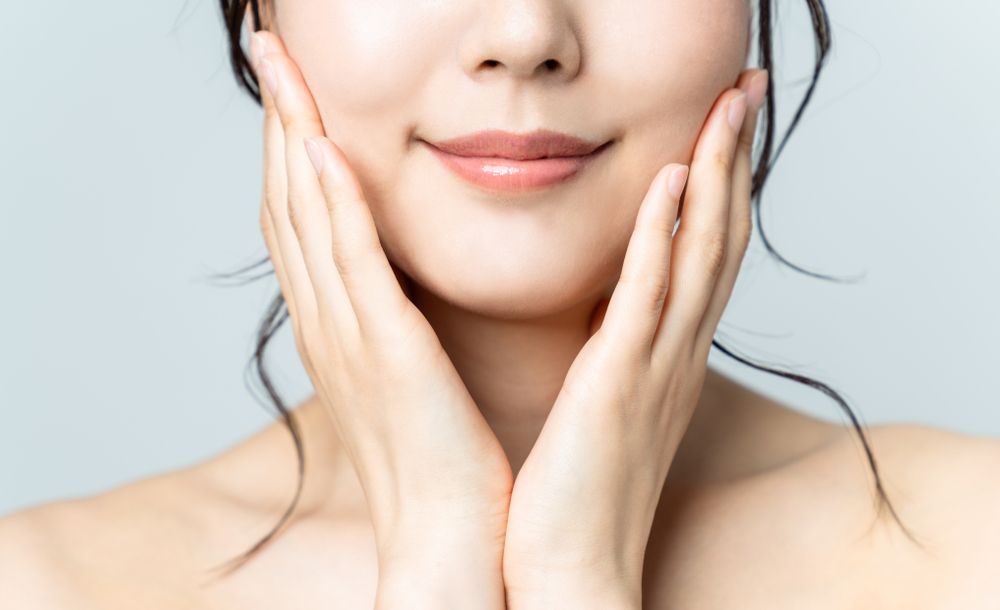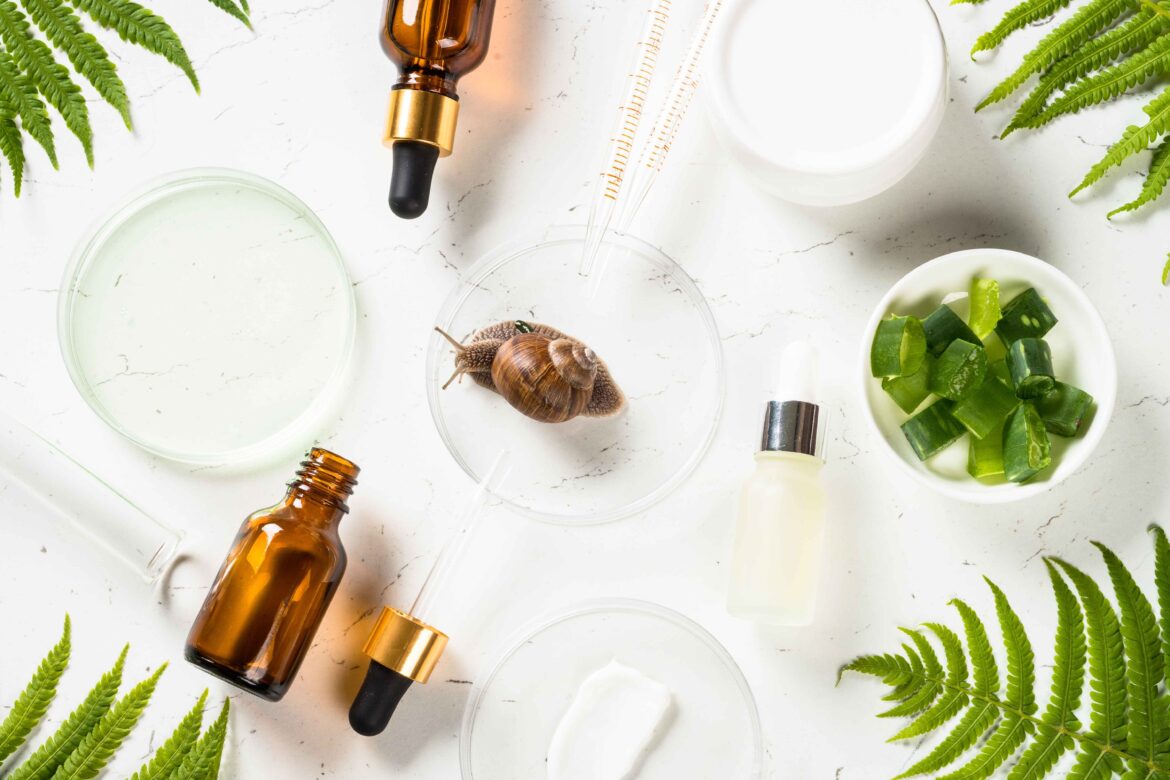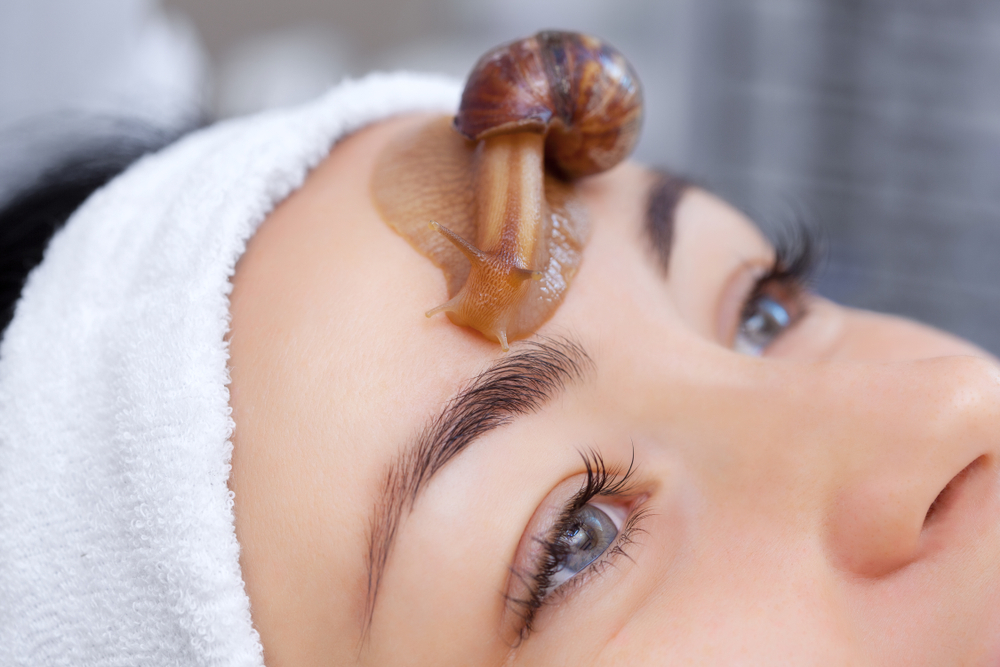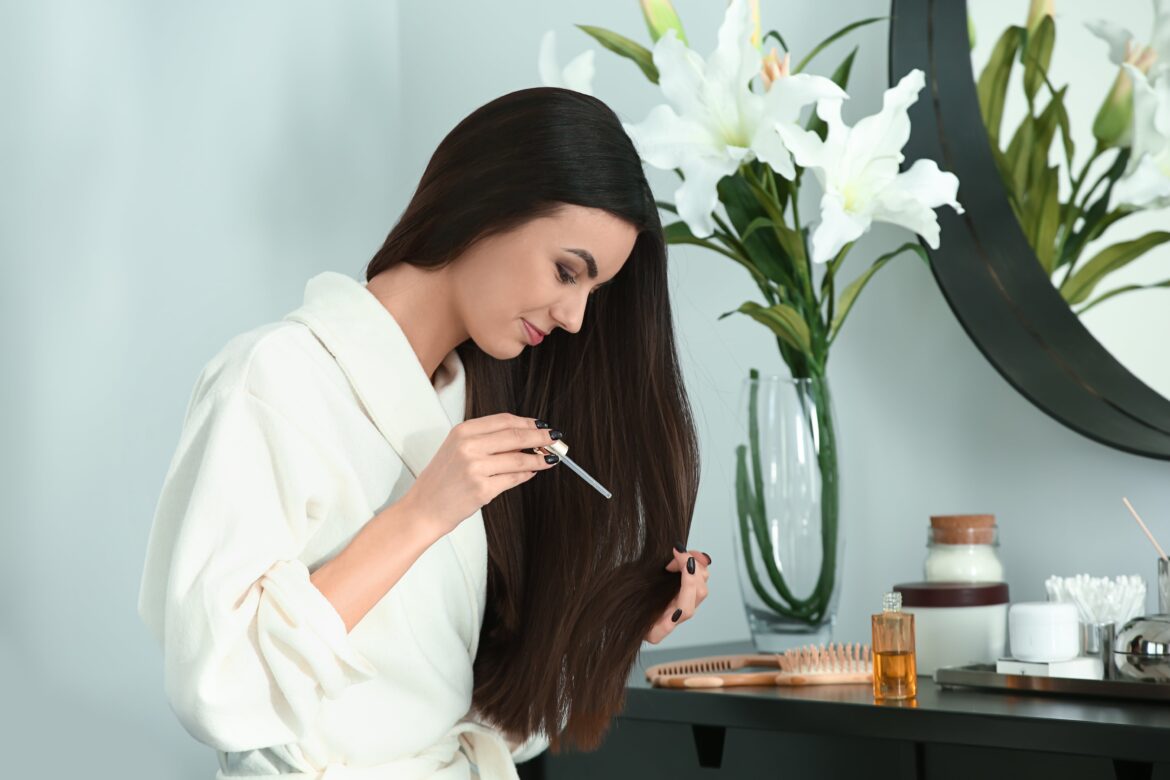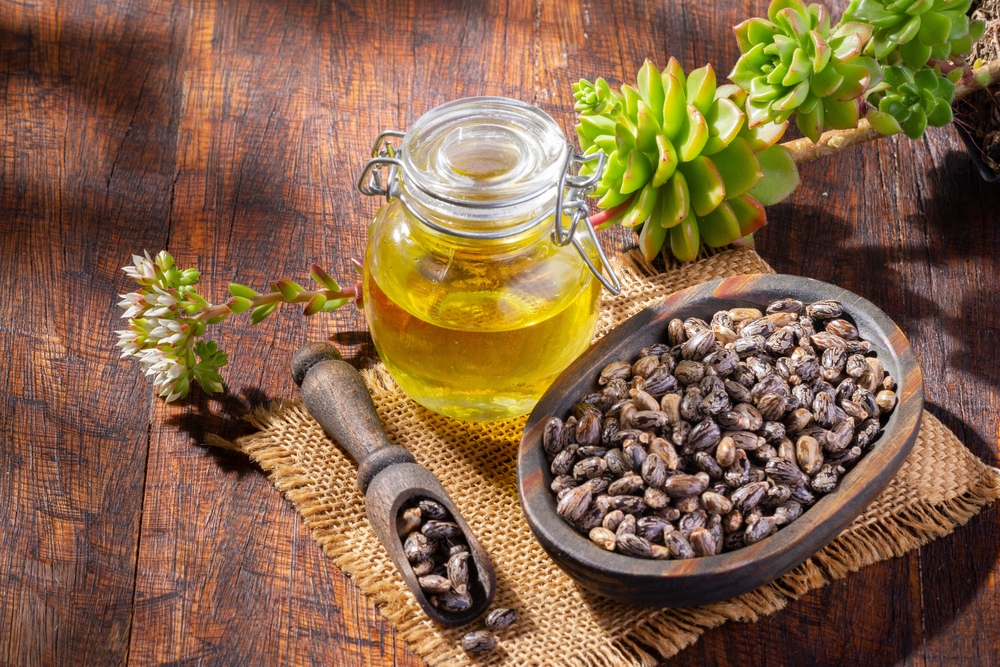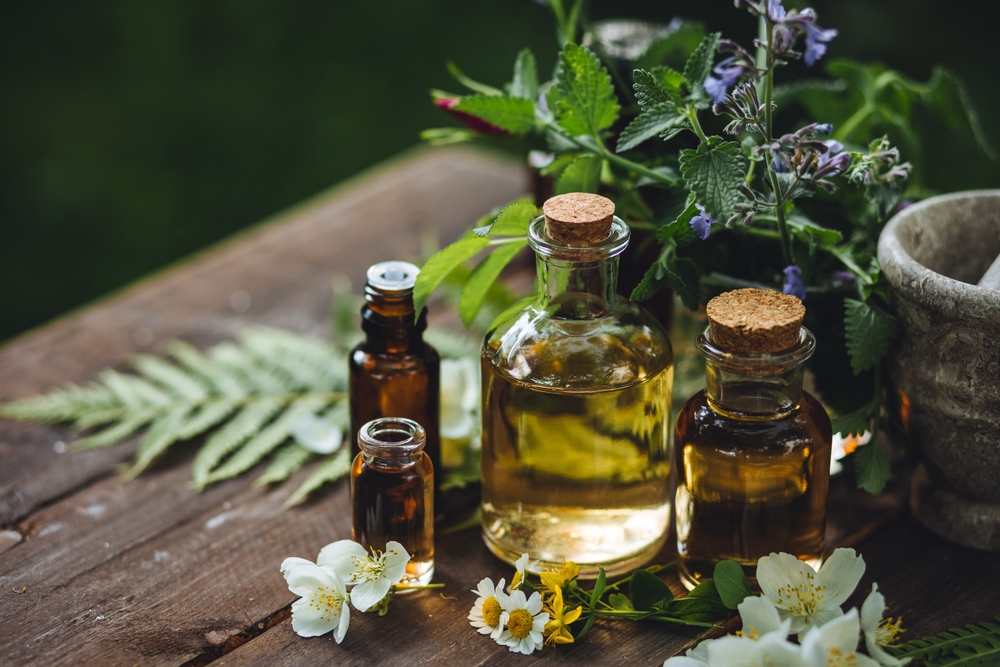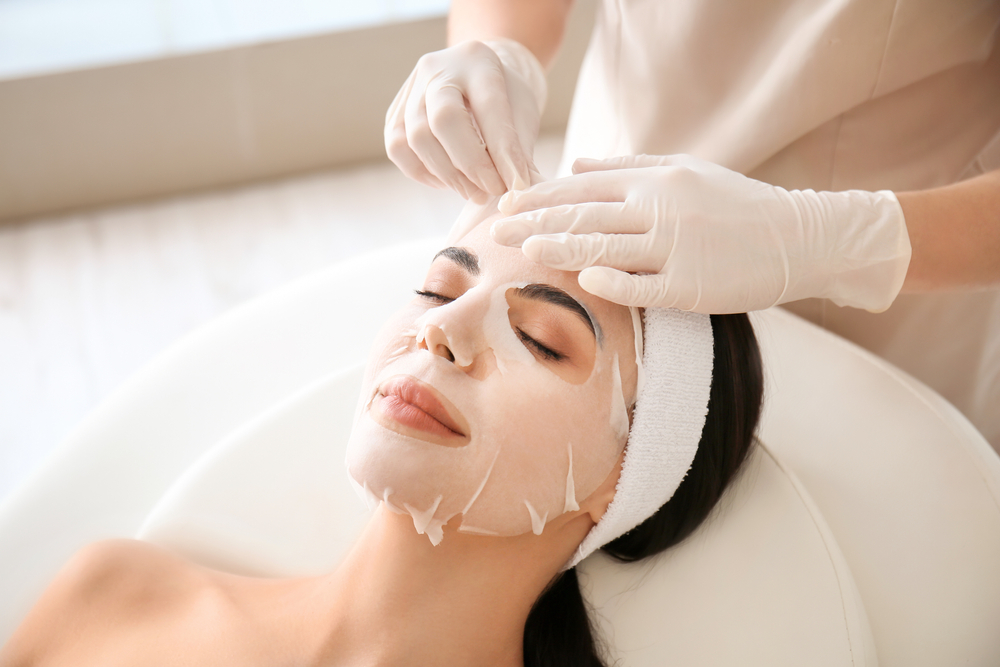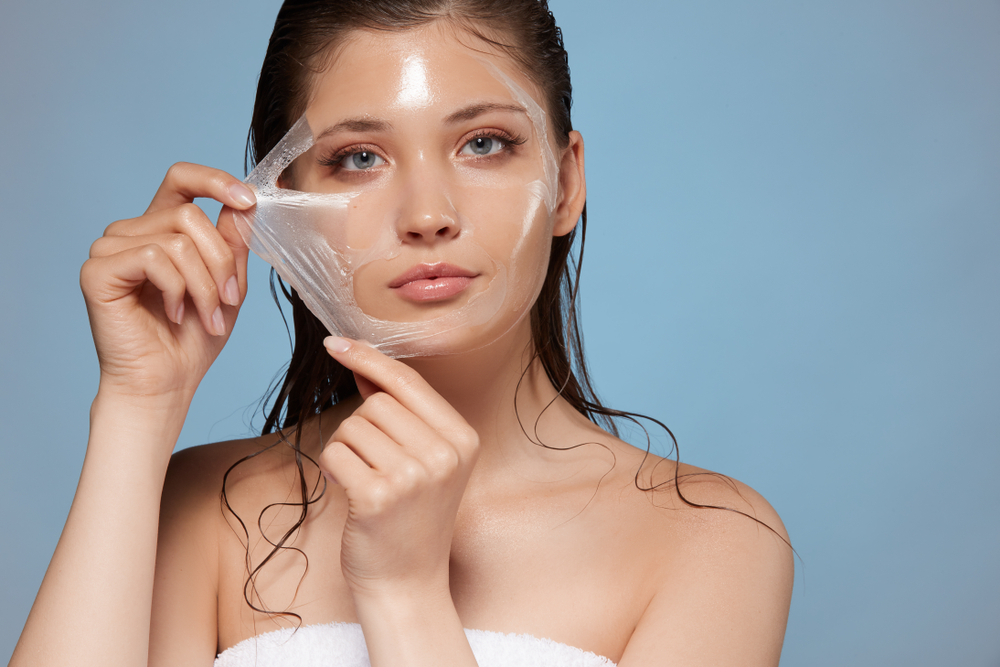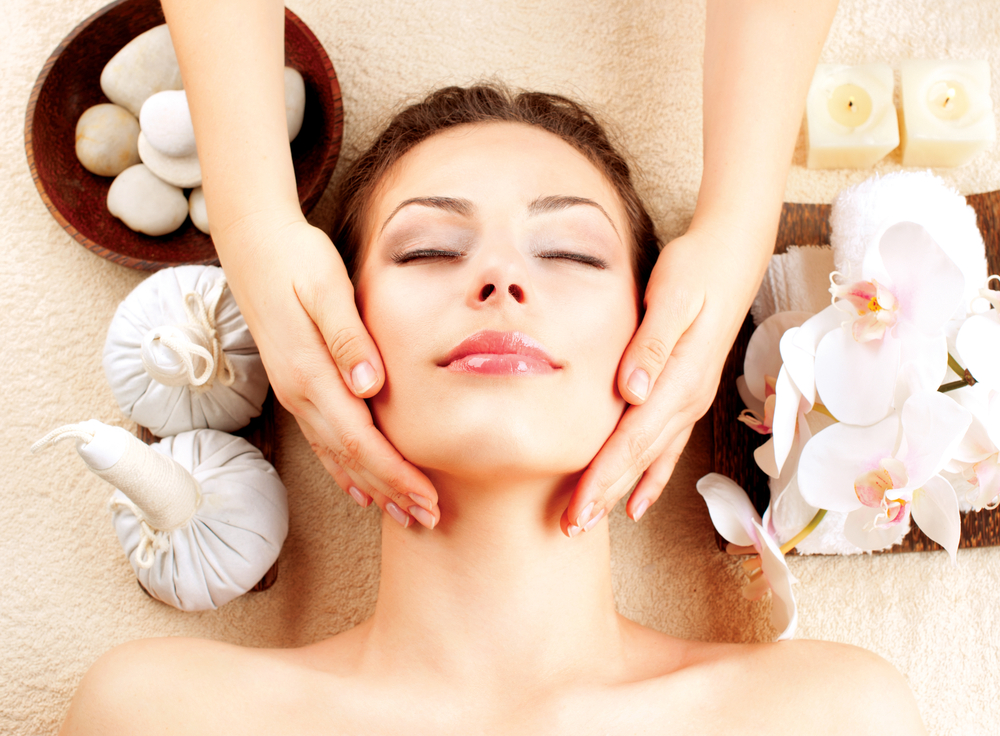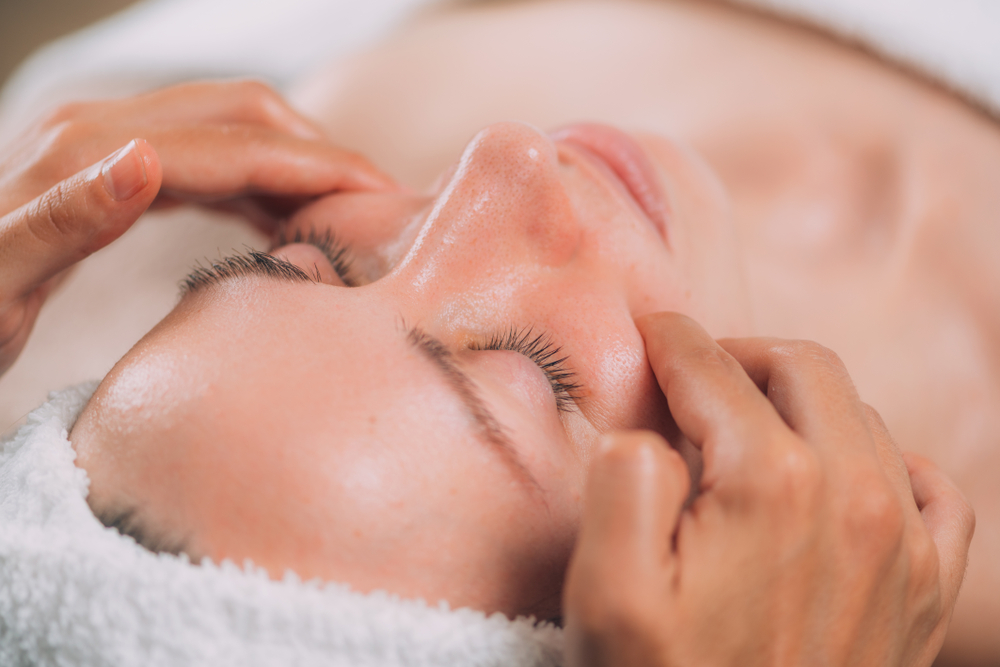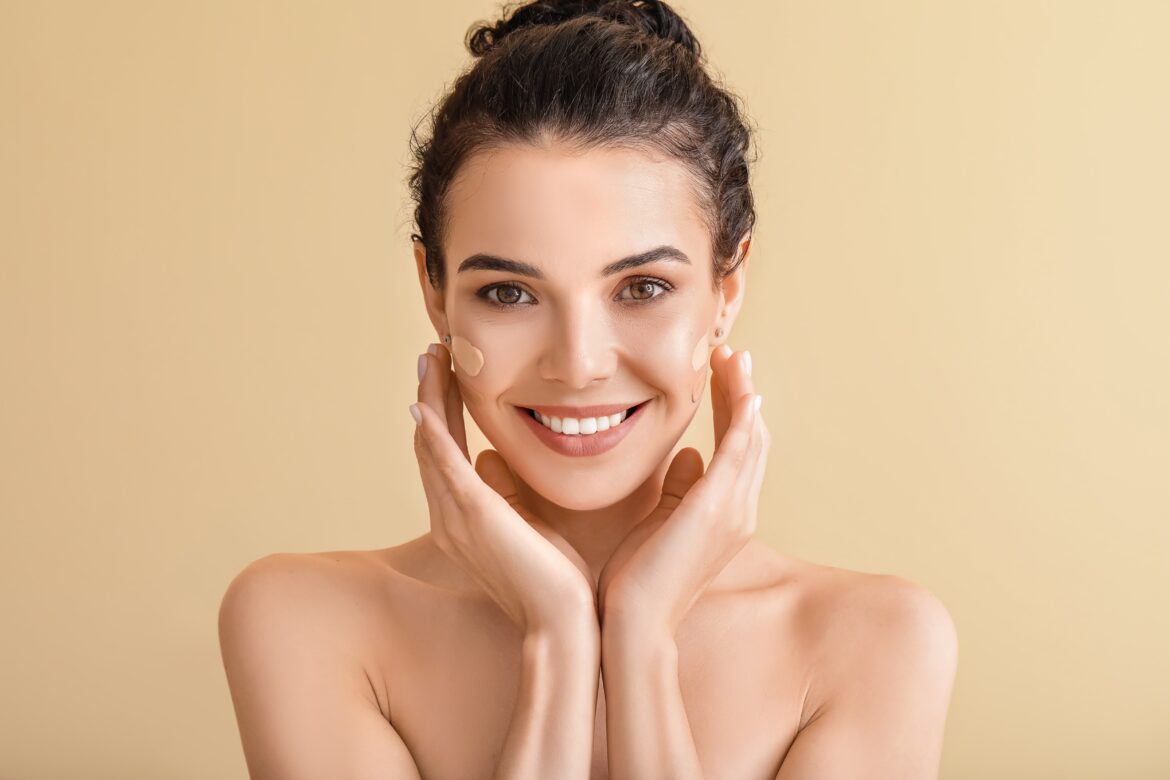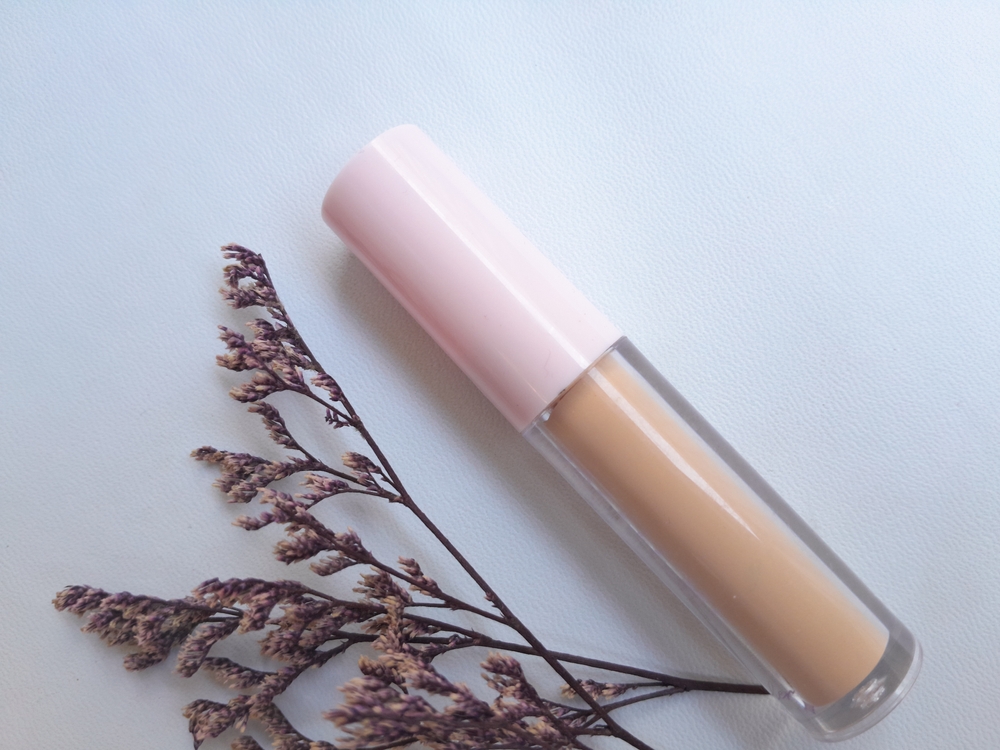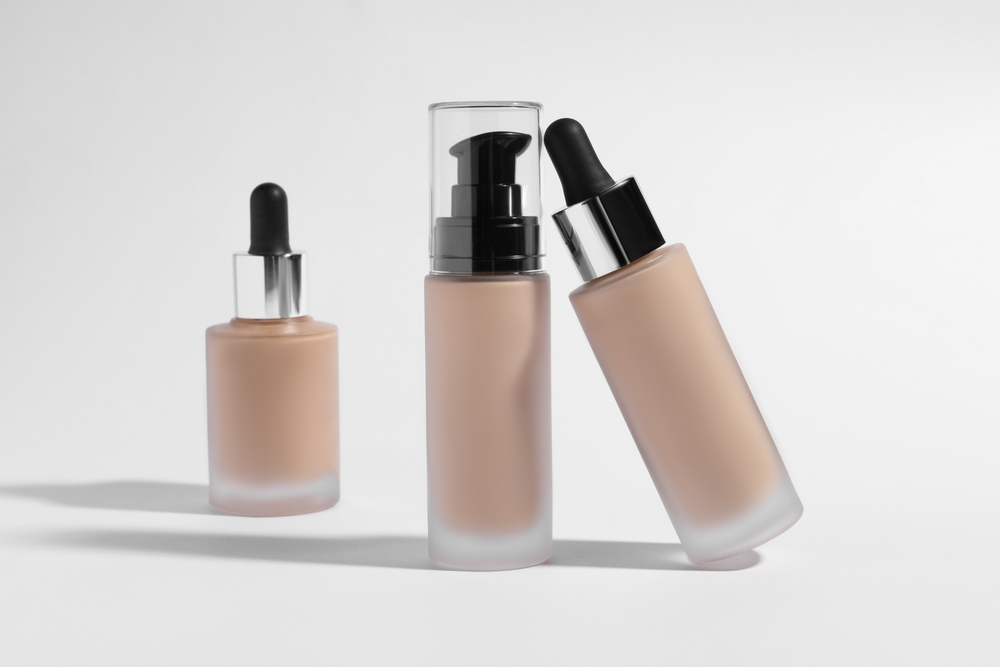If you want spotless, silky-smooth skin, cleansing oils are unquestionably the way to go. Cleaning oils assist with breaking down the oils in your makeup and sunscreen as well as those existing on your skin, making it simpler to wash away impurities and expose a spotless complexion. This is in contrast to face wipes, which smear all manner of bacteria, grime, and residue over your face. In addition, they are gentle, non-stripping, and effective on all skin types, including those prone to acne. All of this is to imply that you need a cleansing oil in your collection, which is why I’ve included the top 7 recipes ever below.
Our Top Picks For The 7 Best Cleansing Oils Of 2024
1. Mara Natural Chia + Moringa Algae Enzyme Cleansing Oil
In most cases, washing oils don’t exfoliate the skin. Due to the additional enzymes that work to eliminate dead skin cells from the skin’s surface, however, this product by Mara does so in the kindest possible manner. If you decide to double cleanse, finish with a moisturizing cleanser.
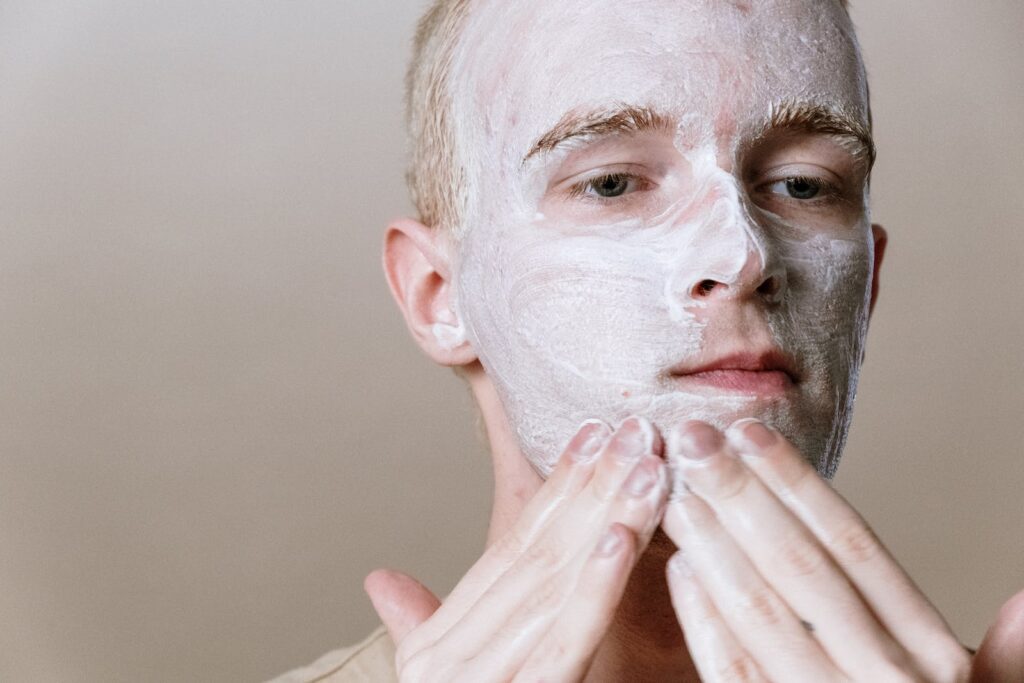
2. Epara Cleansing Oil
You require a cleanser that tackles your issues if you battle hyperpigmentation and/or black patches. Utilizing Epara Cleansing Oil Plankton extract and licorice root extract was used in the formulation, and these components may assist to lessen hyperpigmentation while also lightening the skin and taking off your makeup.
3. DHC Deep Cleansing Oil
There’s a reason why this cleansing oil is the desert-island staple for the majority of beauty editors. Because of how softly the antioxidant-rich olive oil dissolves makeup, cleansing your face may be enjoyable. It doesn’t feel like oil on your skin because of the silky-smooth texture and extreme lightness.
4. Trilogy Rosehip Transformation Cleansing Oil
Rosehip oil is well known in the cosmetics industry for its capacity to lighten skin and minimize the appearance of scarring. Because rosehip contains a naturally occurring precursor to vitamin A, some people even compare it to retinol. However, this comparison is not accurate because rosehip hasn’t been shown to increase cell turnover in the same manner that retinol does. The formula of Trilogy softly removes dirt and filth from your skin without drying it out.
5. Biossance Squalane + Antioxidant Cleansing Oil
Squalane is one of the best face oils because it is extremely moisturizing yet never greasy and gentle enough for delicate skin, so it seems to sense that it would also be an excellent cleansing agent. To delicately hydrate your face while removing makeup, this cleaning oil combines squalane with several antioxidant-rich components, including evening primrose and sunflower seed oils.
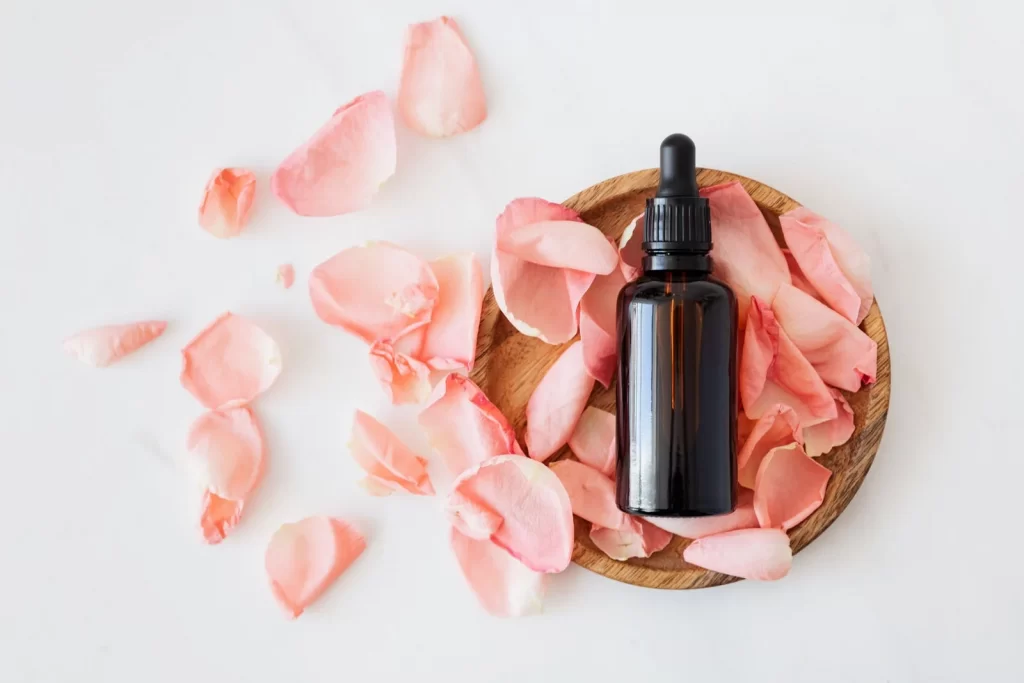
6. Be the Skin Daily Complete Cleansing Oil
This washing oil removes makeup effectively thanks to the olive oil and glycerin in it; simply massage it onto dry skin to get rid of waterproof mascara and a full-coverage foundation. It also contains a healthy amount of ginger root extract, which promotes circulation, and it is light enough to avoid leaving behind any greasy films or residues.
How To Use Cleansing Oil?
- Your dry, makeup-covered face should be gently massaged with a pump of washing oil for 30 seconds. Carefully rub your lashes to remove any mascara, then rinse.
- Because using a cleansing oil requires an additional step to eliminate more impurities than using a normal cleanser alone, it will not replace your current face wash.
- Additionally, you don’t have to double cleanse every day. You only need to use them while you are wearing makeup because they essentially function as a makeup remover.
Sincere to say, applying oil to our faces also took us along to get used to. We’ve always believed that you should get rid of existing oil on your skin rather than adding more. You and your skin are sure to benefit from an oil cleanser. Take our word for it; once you discover it, there’s no turning back. Therefore, it makes perfect sense to incorporate an oil-based cleanser into your regular skincare routine.

